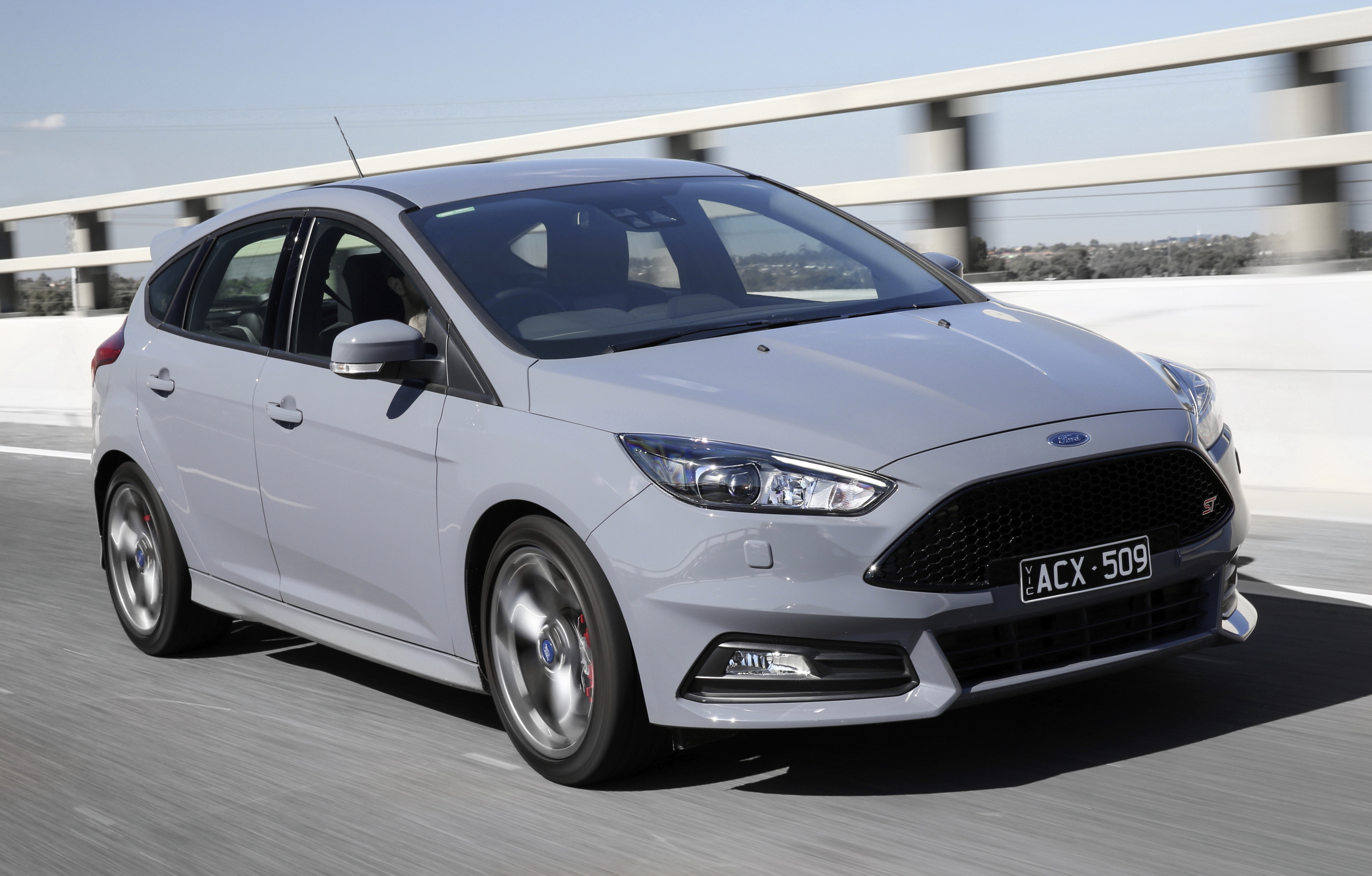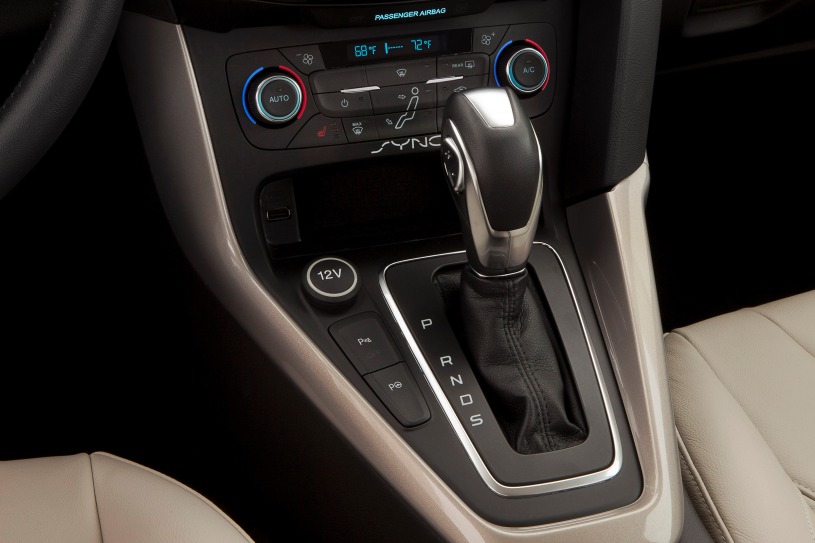
#2015 FORD FOCUS UPGRADE#
Upgrade to Zetec Edition, and the Focus gains 16in alloy wheels, heated wing mirrors, front foglights, sports seats, rear parking sensors, heated front windscreen and Ford's Sync 3 infotainment system complete with an 8.0in touchscreen display.
#2015 FORD FOCUS BLUETOOTH#
Heading up the range is the fiesty and racous Focus RS - equipped with all-wheel drive and a 349bhp turbocharged 2.3-litre Ecoboost engine, which has revamped the mega hot hatch sector and takes on a raft of hot hatches from the Honda Civic Type R, BMW M140i, Mercedes-AMG A 45 and the formidable Volkswagen Golf R for domination in this segment.Īs for equipment levels, the Style Econentic models get 16in steel wheels, hill start assist, air conditioning, cruise control and Ford's Sync infotainment system complete with DAB radio, USB and Bluetooth connectivity. All of these powertrains put the Focus toe-to-toe with the Volkswagen Golf TSI and TDI engines.Ī household Focus model is the ST range which is powered by two powertrains - a 2.0-lite Ecoboost engine pumping out 247bhp, which is more than the Volkswagen Golf GTI but 50bhp less than the Seat Leon Cupra 300, while a more economical 183bhp diesel completes the fast Focus range - which is by no small coincidence slightly more powerful than the Golf GTD. The diesels share a variable-nozzle blower, while the 2.0 TDCi gets a modest power boost to go with significant economy gains. Its diesel equivalent, sold in 94bhp, 103bhp and 118bhp variants, also replaces a slightly larger engine and includes what Ford calls the “most fuel-efficient combustion process to date” from one of its oil-burners, thanks to an optimised piston bowl, liberal internal coatings of friction-reducing diamond-like carbon, a revised turbocharger and the latest generation of diesel injectors.īoth the 1.5 and 2.0-litre diesel engines also get an after-treatment NOx trap to comply with Euro 6 emissions standards. The former, available in 148bhp and 180bhp variants to complement the returning 1.0-litre three-pot, replaces the old 1.6-litre powerplant and features the now-familiar combination of turbocharging, direct fuel injection and variable camshaft timing that comes with the EcoBoost badge. This fact is helped along no end by the introduction of the new 1.5-litre EcoBoost petrol and 1.5-litre diesel engines to the Focus line-up. Improvements under the bonnet are more easily quantifiable, with an engine range that is claimed to be up to 15 percent more efficient than before. The metering of the electric power steering is essential to this process and this, too, has been retuned to give what Ford calls a “more instinctive reaction”.

This is claimed to be able to predict when a skid might occur and apply the brakes individually to counteract the condition before the worst can occur.

Ford claims a car industry first with the introduction of what it calls its Enhanced Transitional Stability system. The fine-tuning continues on a number of chassis components, with the suspension geometry, control arm bush stiffness and dampers all fettled for a better sense of connectedness with the road.Įngineers have also concerned themselves with what happens at the limit of that connection. According to the manufacturer, the stiffness of the Focus’s frontal structure has been enhanced by the use of a stronger arc welding technique and some thicker brackets in the engine bay. Beneath the sharpening of the styling, Ford’s engineers have taken a similar attitude.


 0 kommentar(er)
0 kommentar(er)
